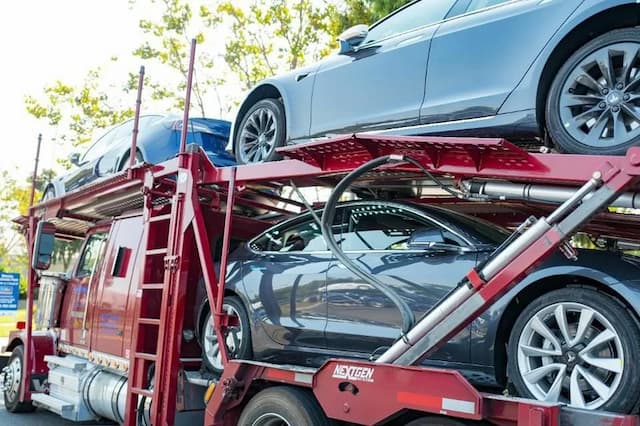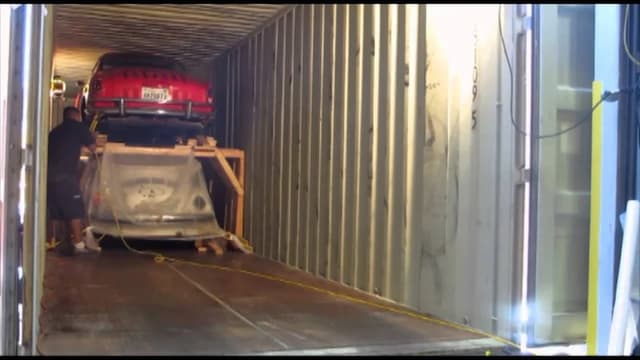Navigating Car Transport in Chesapeake, VA
When it comes to shipping your car in Virginia, there's a world of factors to consider. Virginia, with its varied terrain from coastal plains to mountains, fluctuating seasonal conditions, and urban congestion challenges, presents a distinct set of circumstances. But don't worry! Here at CitizenShipper, we are committed to helping you navigate through it all. Whether you're moving into or out of Chesapeake or need to transport your car for any reason, our expert team is here to help.
Virginia's Vehicle Transportation Laws & Regulations
In Virginia, car transportation laws and regulations are in place to ensure the safety and preservation of all vehicles and public roadways. Auto transporters must adhere to the Federal Motor Carrier Safety Administration (FMCSA) regulations for safety. Compliance involves ensuring that all vehicles are properly secured during transport and maintaining necessary documents for every shipped vehicle.
All auto transporters operating in Virginia must also possess an active MC Docket number, issued by the FMCSA. This number signifies that a transportation company is registered under the federal government, allowing them to legally operate across state lines. Virginia also has specific weight restrictions for vehicles traveling on state highways, which can affect how many cars can be transported at once on a carrier.
Weather & Terrain Considerations in Chesapeake, VA
Weather patterns in Chesapeake, VA have a significant impact on car shipping. With a humid subtropical climate, residents can expect hot, humid summers and generally mild winters. The city's coastal location makes it vulnerable to tropical storms and hurricanes from June through November, which can cause unexpected shipping delays and route alterations.
Chesapeake's terrain is primarily flat coastal plain, with numerous waterways including the Elizabeth River and the Dismal Swamp Canal. While the flat terrain makes transport relatively straightforward, the abundance of bridges, tunnels, and water crossings in the Hampton Roads area can create bottlenecks during peak traffic times. Transport companies may need to carefully plan their routes to avoid the notorious congestion at the Hampton Roads Bridge-Tunnel and the Chesapeake Bay Bridge-Tunnel, especially during summer tourist season and rush hours.








